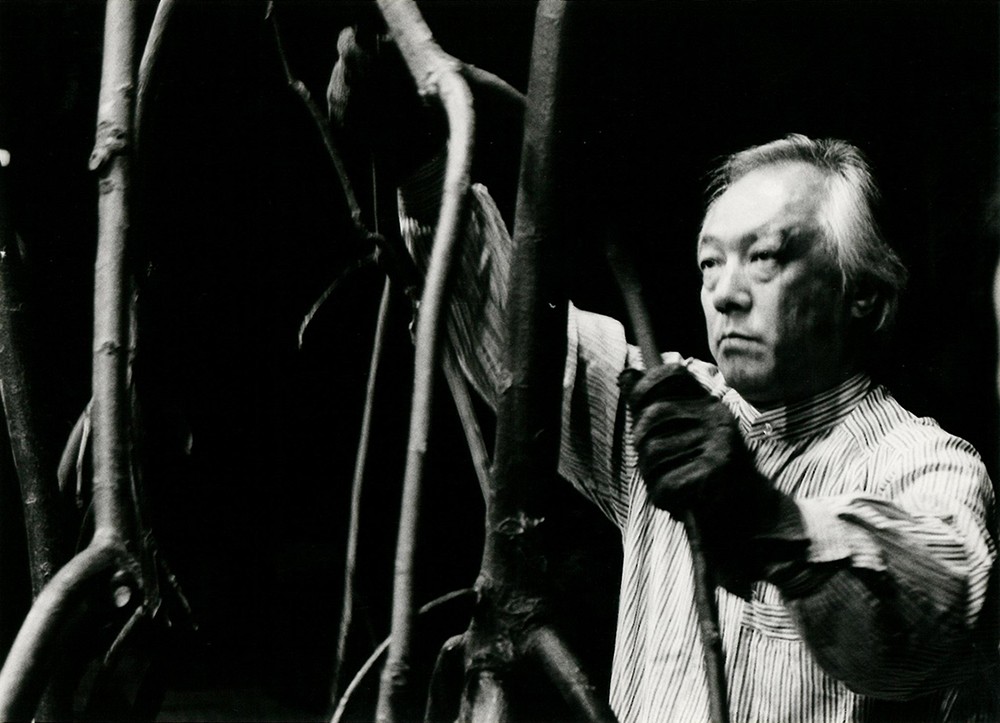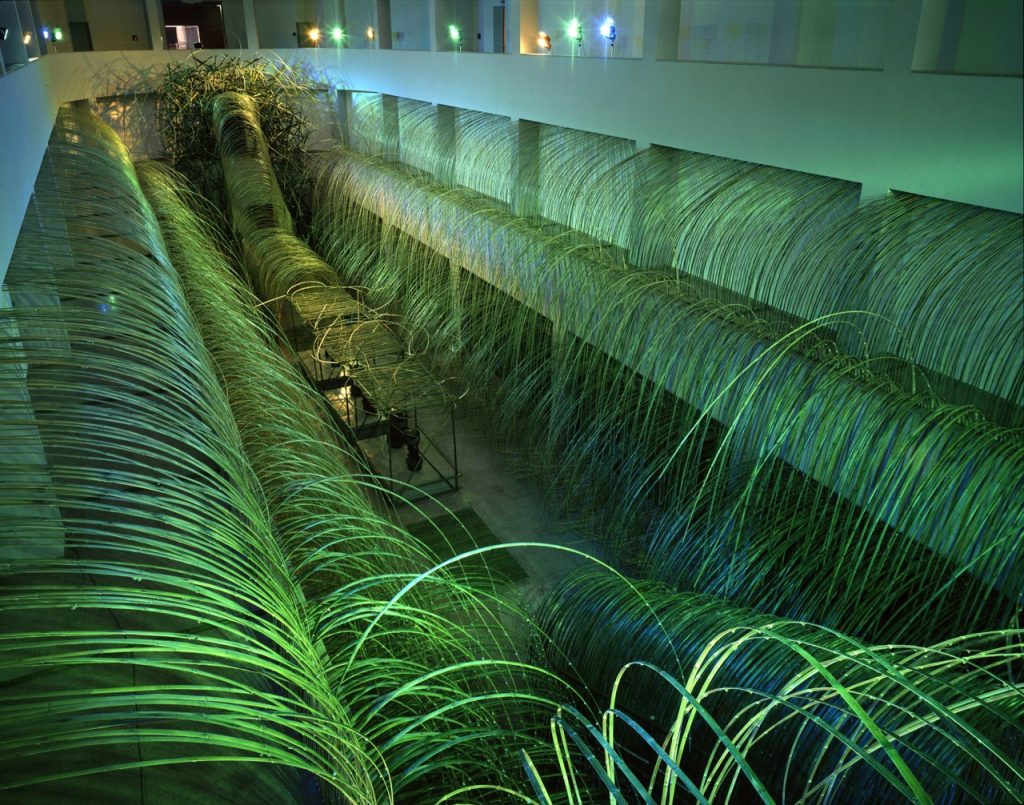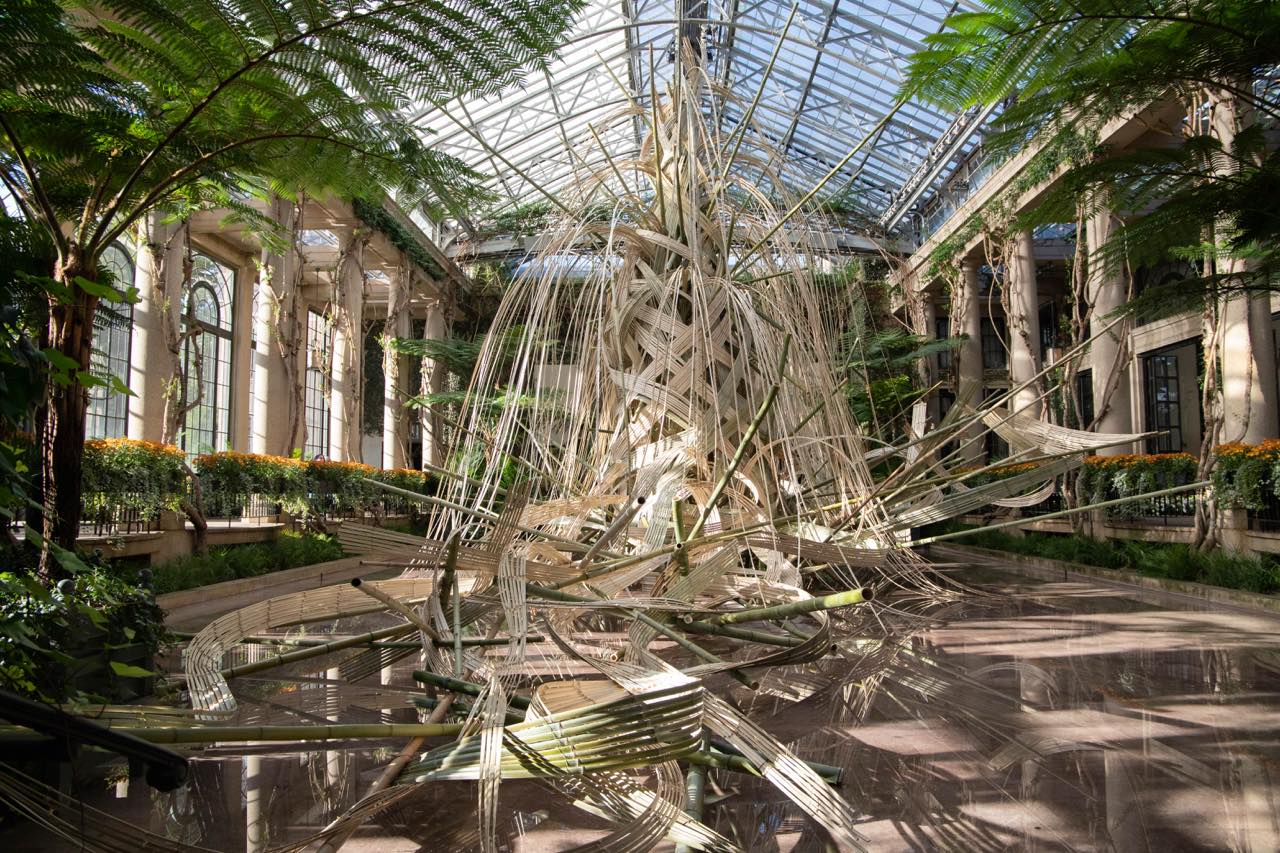Exploring the Artistic Legacy of Hiroshi Teshigahara: Master of Bamboo
Hiroshi Teshigahara, a renowned figure in the world of art and creativity, made a significant impact through his diverse artistic pursuits. While widely recognized as a distinguished filmmaker and master of flower arrangement, Teshigahara’s artistic genius extended to the realm of bamboo art. His profound exploration of this versatile material resulted in captivating creations that showcased his boundless creativity, innovative techniques, and deep connection with nature.

We embark on a captivating journey into the artistic world of Hiroshi Teshigahara, where we unravel the extraordinary beauty and significance of his bamboo creations. Delving into the techniques, philosophy, and profound impact of his bamboo artworks, we gain a deeper understanding of Teshigahara’s artistic prowess and the timeless allure of his creations.
Unearthing Teshigahara’s Bamboo Artistry

Teshigahara’s fascination with bamboo began during his days living in Fukui, where he was deeply moved by its resilience. He marveled at the way bamboo formed graceful arches under heavy snowfall, withstanding the weight effortlessly. He observed bamboo swaying in the winds from the nearby sea, resembling majestic creatures.
The natural elegance, strength, and versatility of bamboo captured his imagination, becoming a lifelong source of inspiration for his artistic endeavors.
Bamboo as a Medium
Teshigahara’s mastery over bamboo extended to various artistic disciplines, including sculpture, installation art, and traditional crafts. His work showcased the extraordinary potential of bamboo as a medium, transcending its conventional applications.

Teshigahara’s creativity knew no bounds, as he incorporated bamboo into various other artistic disciplines. In designing stages for opera productions and tea rooms, he ingeniously utilized bamboo to create breathtaking settings.
Innovative Techniques

Teshigahara’s innovative approach to working with bamboo involved pushing the boundaries of tradition. His techniques highlighted the inherent flexibility of the material, enabling him to fashion organic and dynamic forms that seemed to defy gravity. He experimented with bending, splitting, and weaving bamboo to create intricate patterns and captivating structures. Bamboo, with its natural curves and flexibility, allowed Teshigahara to craft unique and unexpected spaces that challenged conventional notions of architecture.
Teshigahara’s artistic exploration extended beyond the realm of ikebana. He went on to create numerous large-scale bamboo installations, captivating audiences across the globe. His works adorned prestigious venues such as the Centre Georges Pompidou in Paris and the National Museum of Modern and Contemporary Art in Seoul.
A Harmony of Nature and Design
At the core of Teshigahara’s philosophy lay the seamless integration of nature and design. His mesmerizing bamboo creations not only celebrated the material’s innate beauty but also captured the very essence of the natural world. Each piece expertly struck a delicate balance, blending human ingenuity with the organic qualities of bamboo to create artworks that exuded harmony and evoked deep emotions.


Bamboo, a remarkably versatile material, lent itself to the formation of both straight and curved lines, allowing for a wide range of artistic expressions. Teshigahara’s inaugural venture into the world of bamboo art took shape in 1982 at the Shiseido Art House Museum in Kakegawa City, Shizuoka Prefecture. The creation, aptly named “Takejin” or bamboo man, left a lasting impression. By splitting bamboo pieces down the middle and placing them on the grass with the split side facing downward, a whimsical spectacle emerged—a multitude of figures seemingly standing upright on the lawn, evoking laughter and joy.
Building on this initial success, subsequent experiments unfolded in different settings, each with its own unique charm. This outdoor production not only served as an exploration of bamboo as a medium but also provided an entirely new experience—an opportunity to witness firsthand how plant materials harmoniously coexist with the majestic backdrop of Mother Nature.
Questioning the Definition of Affluence

In a time when cold, steel, glass, and concrete structures dominate the urban landscape, Teshigahara questioned the true meaning of affluence. He urged us to reflect on whether such immobile and constrained environments genuinely embody prosperity. His installations served as reminders of the ephemeral nature of art, as they vanished over time, leaving only memories in the minds of the beholders.
Influences and Impact
Teshigahara’s artistic work with bamboo not only captivated the art world but also left a lasting impact on future generations of artists and craftsmen. His innovative techniques and unique vision inspired a revival of interest in bamboo as an artistic medium, pushing the boundaries of traditional craftsmanship and redefining its possibilities.

Hiroshi Teshigahara’s exploration of bamboo as an artistic medium captivated the world, transcending the boundaries of ikebana and traditional artistic forms. With an unwavering fascination for the material’s resilience, elegance, and versatility, he crafted awe-inspiring installations that challenged our perceptions of space and beauty. Teshigahara’s legacy lives on, reminding us of the profound connection between humans and the natural world, and the immense artistic potential found in the simplest of materials.
